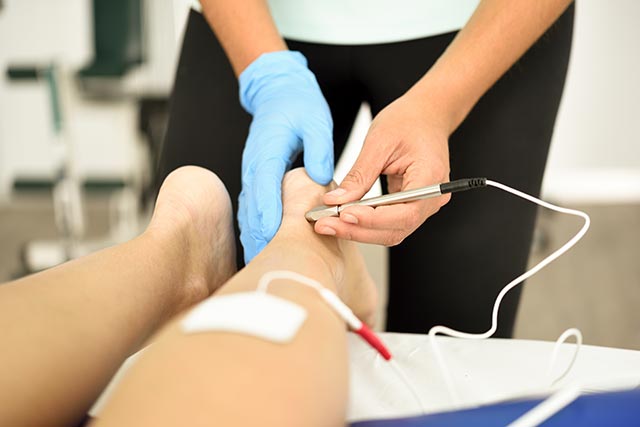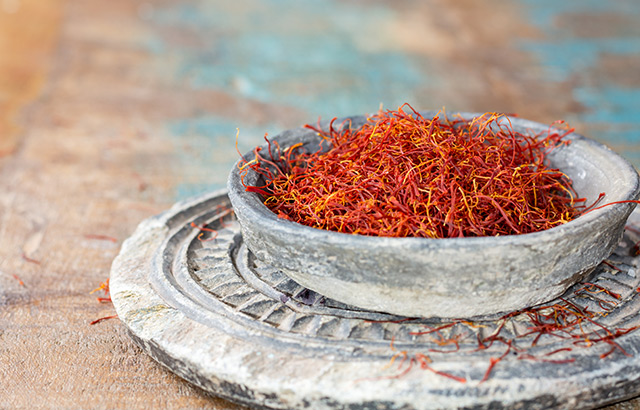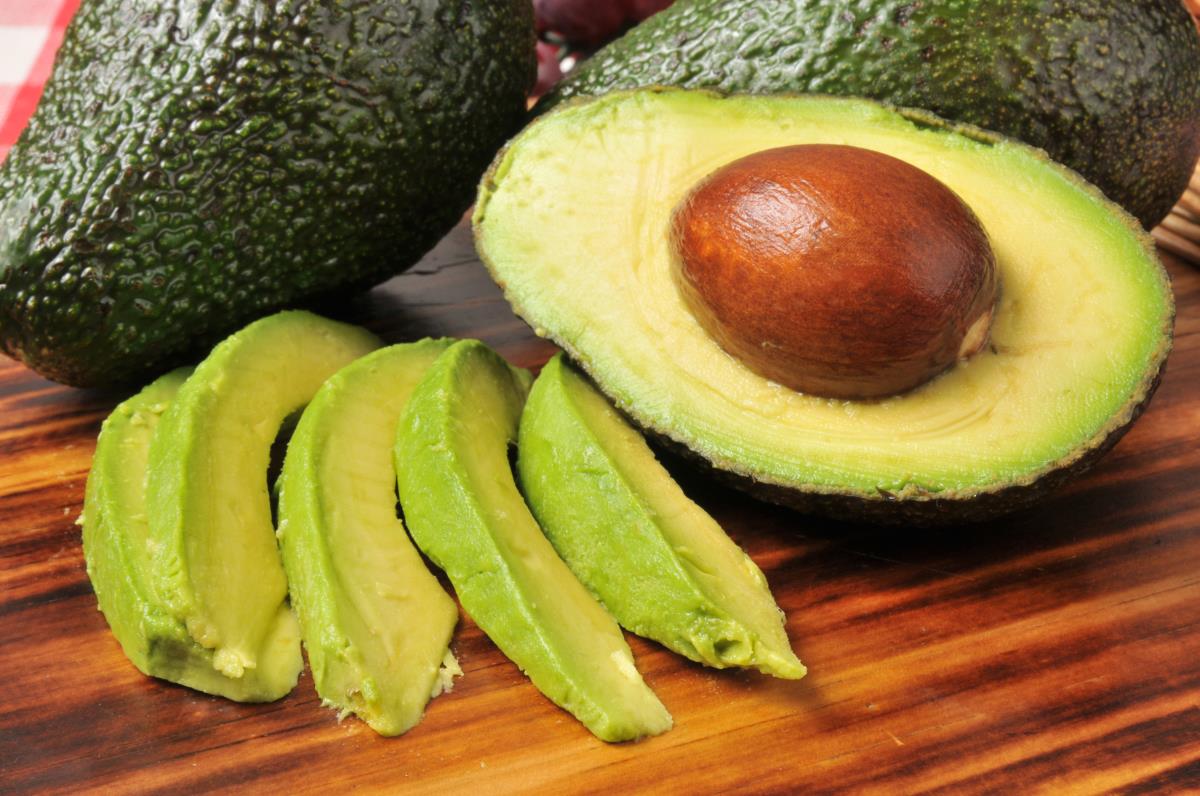All it takes is 16 seconds: Why meditation should become part of your everyday routine
05/14/2018 / By Michelle Simmons

Looking for a way to de-stress and relax? Try mindfulness meditation: It uses both the body and mind to attain calmness, focus, and relaxation. A lot of people have practiced it to help them cope with the daily challenges they face, and it could also help people manage certain mental and physical health conditions.
“We multitask, we’re involved in many, many activities, and mindfulness meditation [is] a wonderful way to focus our attention on how we’re actually experiencing the world and… [take] stock of what’s important in our lives,” said Dr. Emmeline Edwards, director of the Division of Extramural Research at the National Center for Complementary and Integrative Health.
One of the great reasons to practice mindfulness meditation is that it’s very simple. In addition, there is no wrong way of doing it. As long as you are in a quiet space, get in a comfortable posture, stay focused, and do not mind any distractions.
You can also experiment with it as it is not a “one-size-fits-all” kind of practice. You can modify the practice, incorporate your preferences to cater for all your needs. You can practice it while standing, walking, sitting, or lying down — whatever your preference is.
“It’s very helpful to find a quiet location with as few distractions as possible so you can help yourself disconnect,” Edwards added.
Since it can also be done at home, it is ideal to practice it on a daily basis. Consistency is essential for practicing mindfulness meditation. Start by finding ways to incorporate even just a little mindfulness meditation into your routine as frequently as you can. Although it is better to allot more time to it, practicing it even for just a few minutes every day can help you ease it into your daily routine. Through this, you are more likely to keep it up and enjoy its benefits in the long run.
There are also various ways to approach this practice. Some focus on values like kindness, while others are concentrated on health concerns, such as stress reduction or dealing with insomnia. Other people may also use an app to practice guided meditation, although it is not necessary to use one.
Mindfulness meditation is not a cure-all treatment for illness, but it is a way to help you cope with everyday stressors. In addition, it can provide you the strength to get over challenges with the determination to keep going. (Related: Mindfulness courses that help practitioners reduce stress and relax.)
Mindfulness meditation can also be practiced by children. It can help them learn how to get in touch with their emotions and stay focused. You can practice meditation with them for a few minutes each day, after school or before bedtime.
16-second meditation for beginners
Stress at normal levels is okay, but too much stress can be too much for your well-being. If you are starting to get stressed out, mindfulness meditation can help you calm down and sink into the present moment. Here is a guide for a short meditation for beginners:
- Identify who or what is causing you stress and think of it.
- Close your eyes.
- Take a long, slow deep breath in.
- Imagine it coming in and through your mouth, down your throat, and to your stomach. Watch it there and really feel it.
- Hold your breath for four seconds and feel the stillness of the space in between.
- Exhale and picture it coming back up and out your nose.
- Watch it vanish into the air and dissolve into the ether.
This may be simple and easy, but it is helpful. Meditation does not need to be complicated. In fact, it will only take a few seconds of your day. As long as you do it sincerely and genuinely, you will experience its beneficial effect.
Read more news stories and studies on meditation by going to MindBodyScience.news.
Sources include:
Tagged Under: body, Meditation, mental health, Mind, mind body science, mindfulness, mindfulness meditation, natural remedies, reduce stress, relaxation, stress




















